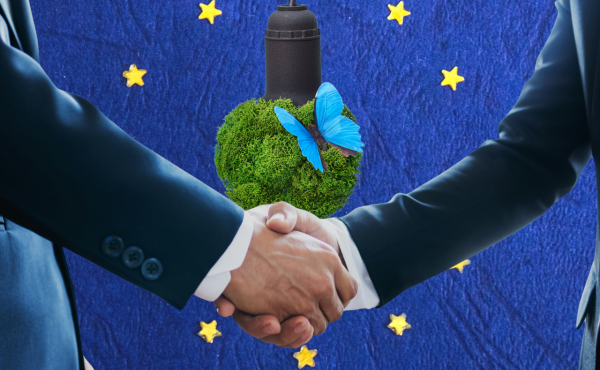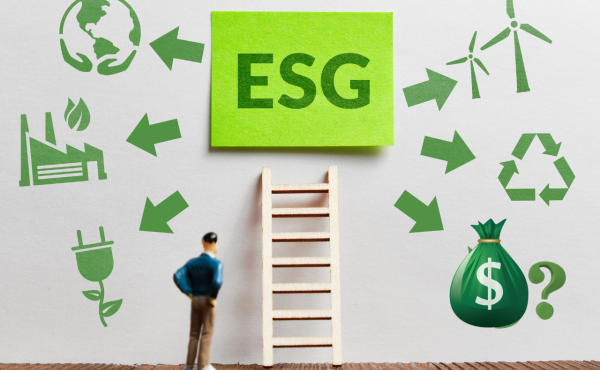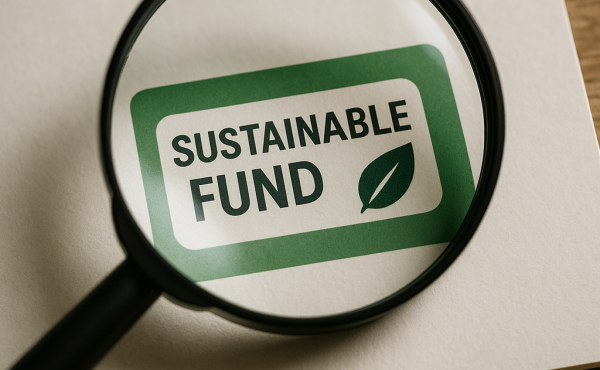
The ECGI blog is kindly supported by

Does sustainable investing work? A Response
This article is published in response to a call for views on the impact of sustainable investing.
______________________________________________________________
Before we can answer, we need to be clear on what problems we are trying to solve. Our problem-solving capabilities require prioritization based on our limited time and resources. While there is no formal mechanism for this problem prioritization, we can look at a few well-established concepts as guides.
Starting with science, we can begin with the planetary boundaries framework created by the Stockholm Resilience Centre. This framework “identifies nine processes critical for maintaining the stability and resilience of Earth system as a whole.”[i] In simple terms, we and all our economic activity depend on the planet for our basic needs like food, air and water, known as ecosystem services[ii]. If our ecosystem breaks down, we risk losing these ecosystem services. Anyone who has visited a farm can see this process in action. But what is harder to see is that there is a limit to the amount of ecosystem services that the planet provides.
The planetary boundaries framework takes these nine processes for maintaining these ecosystem services and integrates the idea of limits or boundaries. Why? Because all systems have limits. Try driving a car without gas (or hopefully electricity) and you will see the system’s (your car’s) limits. Cut down too many trees in a forest (at a rate faster than new trees can grow) and the forest will change into grassland and lose its ability to absorb carbon. Systems are complex and need to be understood as such.
We can also look at the EU’s taxonomy and SFDR[iii]. The key objective of the taxonomy is to establish a unified classification system for sustainable economic activities to help reorient capital flows towards sustainable investments. It defines sustainable investment as “an investment in one or several (of six) economic activities that qualify as environmentally sustainable” where the investment would contribute to one of the six while doing no significant harm to any of the other objectives and respecting basic human rights and labor standards. The SFDR regulates the sustainability-related disclosure rules that asset managers must follow.
The key takeaway is that our economy, the value of our investments, and our livelihoods depend totally on a natural system (Earth) that provides us with ecosystem services but only to a certain limit. This is based on science, not a political or economic concept. The idea that there is a limit to the amount of ecosystem services that the Earth provides us has a name: sustainability.
Sustainability is derived from the Latin word sustinere, which means to “maintain, support, uphold, or endure” and implies an ability to continue some activity over a long period. But there is no one definition of sustainability, since it is based on what people value or find desirable (i.e., normative) which changes over time, geographies, and cultures.
Adding to the confusion is how the word sustainability is used. According to UNESCO, "Sustainability is often thought of as a long-term goal (i.e. a more sustainable world), while sustainable development refers to the many processes and pathways to achieve it."[iv] A combined definition, which has shaped our present use of the term is the 1987 UN Brundtland report[v] which defines sustainable development as “development that meets the needs of the present without compromising the ability of future generations to meet their own needs,”[vi] and eventually led to the UN’s Sustainable Development Goals.
Sustainable Investing has been defined as “using investing activity to influence companies and assets to generate financial returns while achieving positive outcomes for people and the planet and avoiding negative ones.”
So, does sustainable investing work? No, for two reasons.
Let’s start with the easier concept of investing. Various positive impacts made by investors’ actions such as “changes in cost of capital or share prices and changes to the financial and non-financial incentives faced by corporate managers” have been cited. But if these activities to influence are sufficient to change a firms’ core business models is a big open question.
The larger issue, which is rarely addressed in the traditional economics/finance literature is the scale of most sustainable investments. These securities are typically liquid, tradable and in companies, which are very large and listed. Why does this matter? Their global scale, the impact of their material use (environmental) and influence on wages (social) are enormous, documented and are not linked to our planetary boundaries problem in a meaningful way. But they do create goods and services, jobs and high returns. Unfortunately, you cannot have it both ways. Scale is one of the fundamental foundations of ecological economics, which starts with a vision that we live on a planet with finite resources.
On the sustainability side, how do we qualify or quantify “achieving positive outcomes for people and the planet and avoiding negative ones”? What is a positive outcome for people or the planet? What negative ones should be avoided? This is what the EU has tried to do with its taxonomy experiment. While we welcome its creation, it is not yet producing the desired environmental results. However, it has pointed out the unsustainability of most large-scale companies within these portfolios. This is evident in the re-labeling of fund products due to the difficulty in clearly aligning sustainability with most listed and traded investments.[vii] Disputes around scope 3 emissions, which only include carbon and consequently under-report the environmental impact, are another example of the issue of scale.
Put simply, sustainable finance works backward, first looking at what is available in the market (tradable stocks and bonds) and then trying to fit them into a sustainability box. We have oversimplified the idea of sustainability with labels, certificates, and ESG scores failing to understand the implications of the limits to the amount of ecosystem services that the Earth provides us. We need to start with the limits on our system and work for there. We need to do better.
--------------------------------------------------
By Steve Rocco, MS Innovation Lab and Matt Orsagh, Chief Content Officer, ED4S.
The ECGI does not, consistent with its constitutional purpose, have a view or opinion. If you wish to respond to this article, you can submit a blog article or 'letter to the editor' by clicking here.
[i] https://www.stockholmresilience.org/research/planetary-boundaries.html
[ii] https://www.nytimes.com/1997/05/20/science/how-much-is-nature-worth-for-you-33-trillion.html
[iii] https://www.esma.europa.eu/sites/default/files/2023-11/ESMA30-379-2279_Note_Sustainable_investments_SFDR.pdf
[iv] https://www.unesco.org/en/sustainable-development/education
[v] https://www.britannica.com/topic/Brundtland-Report
[vi] https://sustainabledevelopment.un.org/content/documents/5987our-common-future.pdf
[vii] https://www.ft.com/content/aaa36fa8-bd14-46a1-8012-5a111a0fceff







